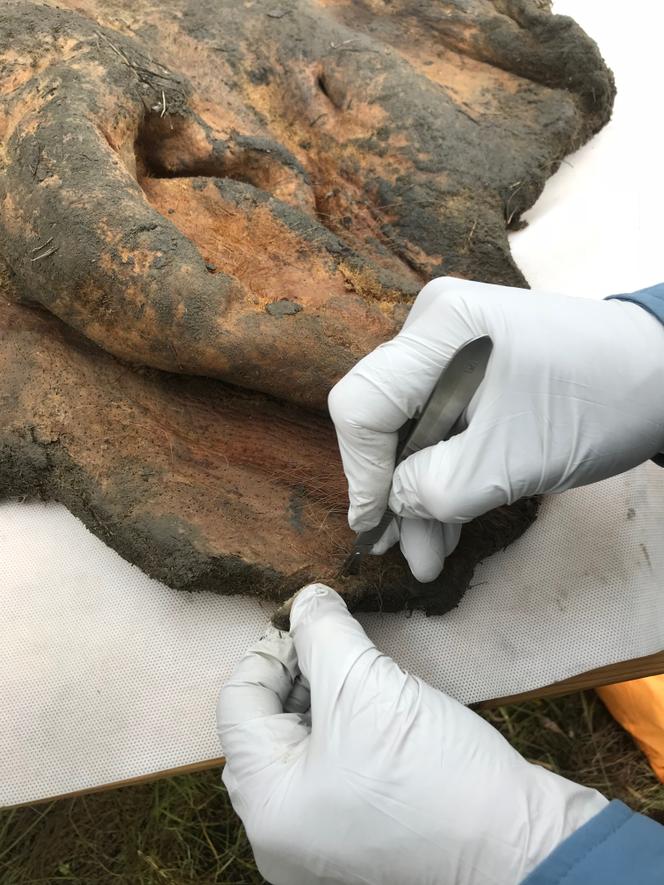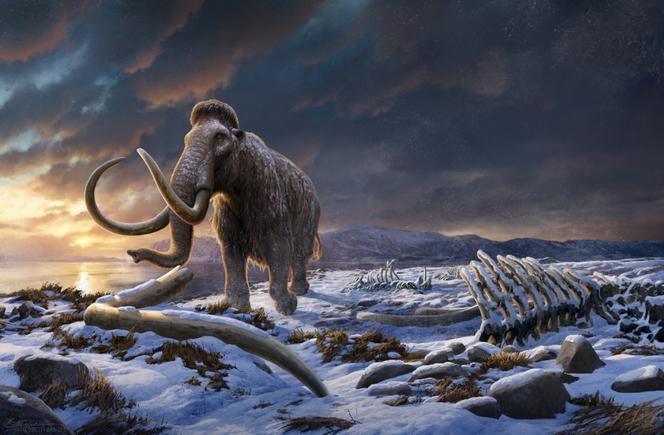
The story begins 52,000 years ago. A female mammoth dies in present-day Siberia. Her body is almost instantly frozen in the temperatures of the last Ice Age.
The story continues in 2020, in front of a computer in a Barcelona laboratory, “a few days before the world shuts down [owing to the Covid-19 pandemic],” in the words of paleogeneticist Marcela Sandoval-Velasco, co-first author of a groundbreaking study, published Thursday, July 11 in the scientific journal Cell. That day, for the first time, the computer echo of fossil chromosomes appeared on the screen. “They were able to reconstruct chromosomes. That’s a huge breakthrough!” said Eva-Maria Geigl, paleogeneticist at the Institut Jacques-Monod in Paris, who was not involved in the study.
It took 10 years of scientific adventure to achieve this feat, bringing together two families of geneticists: paleogeneticists, who analyze ancient DNA, and specialists in structural genomics. The latter study the architecture of the genome. In the nucleus of our cells, chromosomes, made up of DNA and proteins, are not folded randomly. Physically close regions interact with each other, even though they may be far apart on the genetic sequence, like two distant chapters in the book that is the genome, brought together by a reader folding the pages that separate them. “Knowing the three-dimensional structure of the genome is enough to get a picture of gene activity,” said Marc Marti-Renom, a researcher specializing in structural genomics at the National Center for Genomic Analysis in Barcelona, and co-author of the study.
Until now, paleogeneticists have been stuck in a linear dimension. This is because ancient DNA usually appears in the form of tiny crumbs, and its analysis consists in observing variations, or mutations, in the genetic sequence. “What mutations tell you is what your genome is capable of, but it doesn’t tell you what it does,” said Régis Debruyne, paleogenetics research engineer at the Natural History Museum in Paris.

But the authors of this study had a hunch: The three-dimensional architecture of chromosomes could, in some cases, be preserved. And it was this mammoth, found by a scientific expedition in 2018 in the permafrost, perpetually frozen ground, that confirmed it.
A huge 3D puzzle
The researchers used a high-throughput chromosome conformation analysis technique called Hi-C on a sample of the animal’s skin, to isolate areas of contact between geographically close DNA sequences in the cell nucleus. This enabled them to prove that chromosome conformation was conserved, 52,000 years after the animal’s death. “We were in the presence of a new form of fossil,” said Erez Lieberman Aiden, last author and Director of the Center for Genome Architecture at Baylor College of Medicine in Houston, US.
You have 55.88% of this article left to read. The rest is for subscribers only.